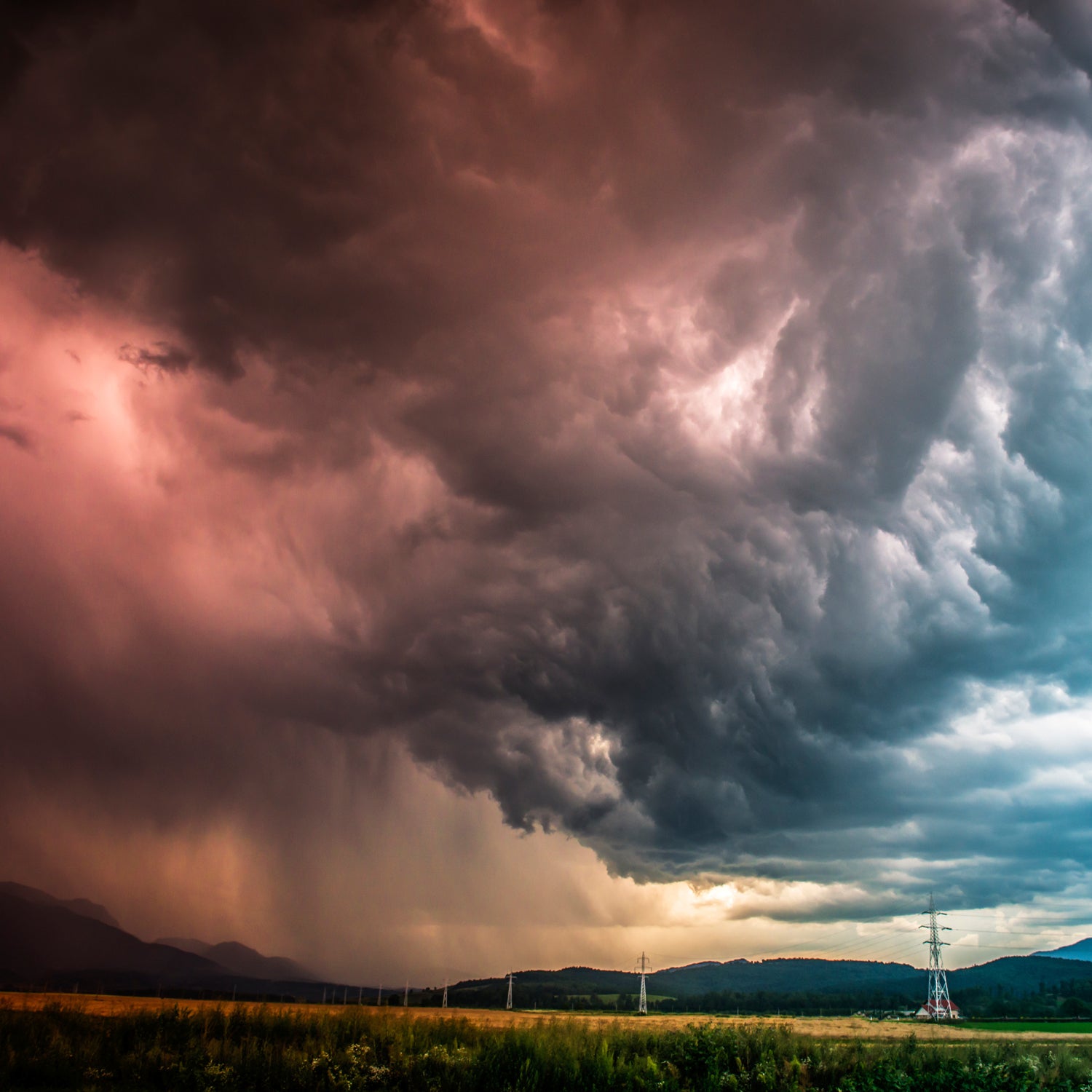It’s the middle of October, and the world is already witnessing the strongest El Niño since the record-setting 1997-1998 event, which brought huge shifts in global weather patterns and wrought havoc all around the Pacific.
A consensus of ocean and climate models suggests that El Niño will continue to strengthen over the next couple of months before peaking sometime this winter. In fact, the present event is already among the top three ever recorded in terms of its warming effect on ocean temperatures (the most direct indicator of El Niño's power), and it’s even possible that this one could steal the all-time title from the ‘97-‘98 event, becoming the most powerful in modern history.
Last year’s hotly hyped non-event has come to be known as the “Great El Niño Fizzle,” since early excitement surrounding the development of strong warming in the Pacific quickly faded away in the summer of 2014 when the ocean and atmosphere didn’t cooperate. In early 2015, when real-world observations and climate models once again started to suggest a high likelihood of a substantial El Niño event, excitement was muted at first by the previous El Niño’s failure to thrive.
But this year, the atmosphere and ocean are in synch. Trade winds have slackened, a nearly continuous parade of tropical cyclones has marched westward across the Pacific, and rapid warming is ongoing in the eastern tropics—telltale signs that El Niño is already exerting a heavy influence upon Pacific climate.
El Niño is an oceanic phenomenon characterized by warming of the eastern tropical Pacific Ocean. This unusual ocean warming, which happens every two-to-seven years on average, disrupts the typical “warm west/cool east” temperature differential across the tropical Pacific. These perturbed ocean patterns weaken prevailing east-to-west trade winds, and eventually affect weather patterns all around the world. While El Niño (and its sister, La Niña, which is characterized by tropical ocean cooling) tends to be associated with specific weather impacts in certain regions, no two El Niños are alike—and neither are their effects on weather.
That said, there are some historic big-picture patterns emerging that may give us some insights into what kind of weather we’ll see this winter up and down the drought-stricken West.
1. California: Wet, But Not Snowy
Many Californians may be wondering: What does a massive El Niño event mean in the midst of a record drought? The answer is a bit of a mixed bag.
This year’s powerful El Niño will probably bring above average precipitation during the core rainy season months of January, February, and March. This prediction is supported by both historical records and by today’s forecasting models, which suggest a persistently stormy pattern will develop by January. But it’s important to remember that even a very wet winter won’t end California’s drought. Heavy precipitation would bring an increased risk of flooding and mudslides ( near Los Angeles)—especially in areas scorched by this summer’s ferocious wildfires. But it does appear that at least some drought relief—however modest—is on the way.
The bad news: record warm ocean temperatures off the coast will probably keep things much warmer than average for most of the coming winter. This means that the elevations at which water freezes in the Sierra Nevada will once again most likely be well above average, and prospects for a substantial snowpack are not great, despite all the extra water. (That’s not good news for California’s long-term reservoir storage, which is heavily dependent on snowmelt.) At the highest elevations, though, it’s plausible that conditions will still be cold enough for snow, and given an increased likelihood of heavy precipitation, that could mean some fairly prodigious snow totals for those few ski resorts lucky enough to have slopes above 8,000 feet or 9,000 feet.
2. The Pacific Northwest: Warm and Dry
Oregon and Washington are also enduring a severe drought—mostly due to warm temperatures. Despite near average precipitation last winter, snowpack in the Cascades was at record-low levels due to the vast majority of precipitation falling as rain rather than snow. Unfortunately, it appears that drought conditions in the Northwest will probably worsen this winter, as it’s increasingly likely that below-average precipitation and above-average temperatures will prevail.
What does this mean for snow? Well, the good news is that the coming winter will probably bring more snow than last year even if the overall totals are underwhelming. But that’s more of a testament to just how little snow accumulated last year than an expectation of favorable snow conditions this year. The overall prognosis up north is similar to California’s: higher-elevation snow lines may leave the lower mountains snow-free, but accumulations at the highest elevations may be larger than last year’s abysmal amount. Here again, alpine skiers may fare better than water managers hoping for substantial spring and summer snowmelt next year.
3. Rocky Mountain States: Snowy in the South
Further inland, Rocky Mountain states may see conditions comparable to those in the Northwest and California—and, similarly, the conditions will vary from region to region.
In the north, fewer surges of cold air from the Arctic may keep temperatures warmer than average. The Northern Rockies may see similar conditions to those in the Pacific Northwest: due to a southward-shifted storm track, rain and snow may be below average.
The Southern Rockies, however, will see very different weather. With an enhanced storm track, precipitation will most likely be above average. Due to increased cloudiness and storminess, temperatures in the south will probably not be as far above average as they will be elsewhere in the West. In fact, during the core winter months, conditions may even bit a bit on the cool side. This may open the door for some substantial accumulations of snow, which would be good news both for skiers and the tens of millions of people who depend on the drought-stricken Colorado River watershed, which has been in the grips of a protracted drought for even longer than California.


